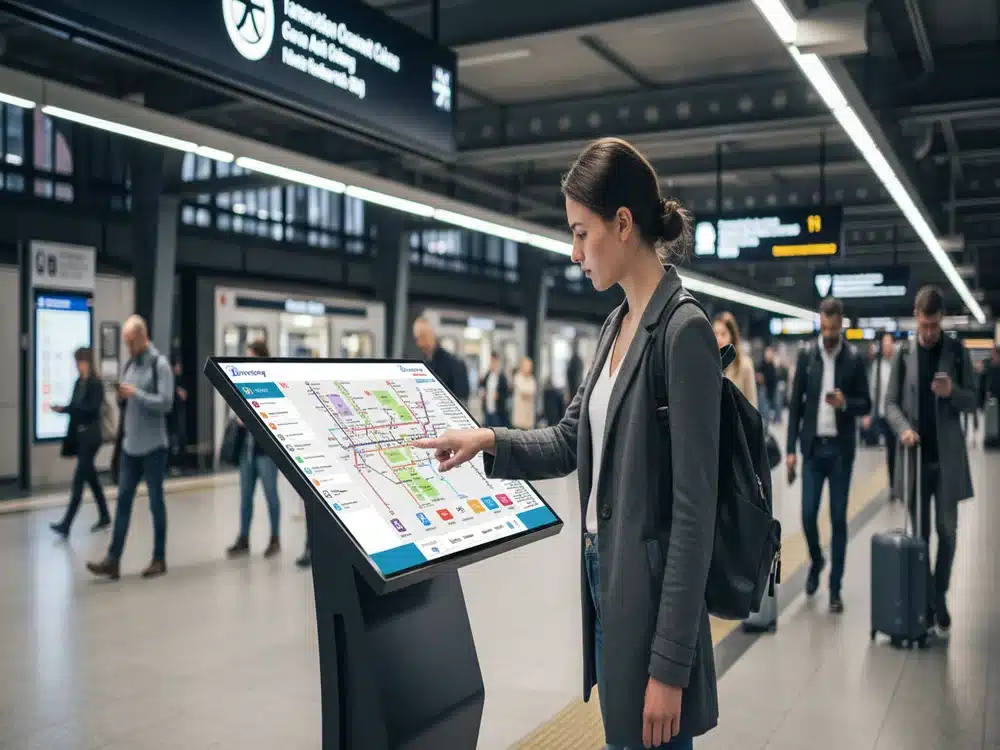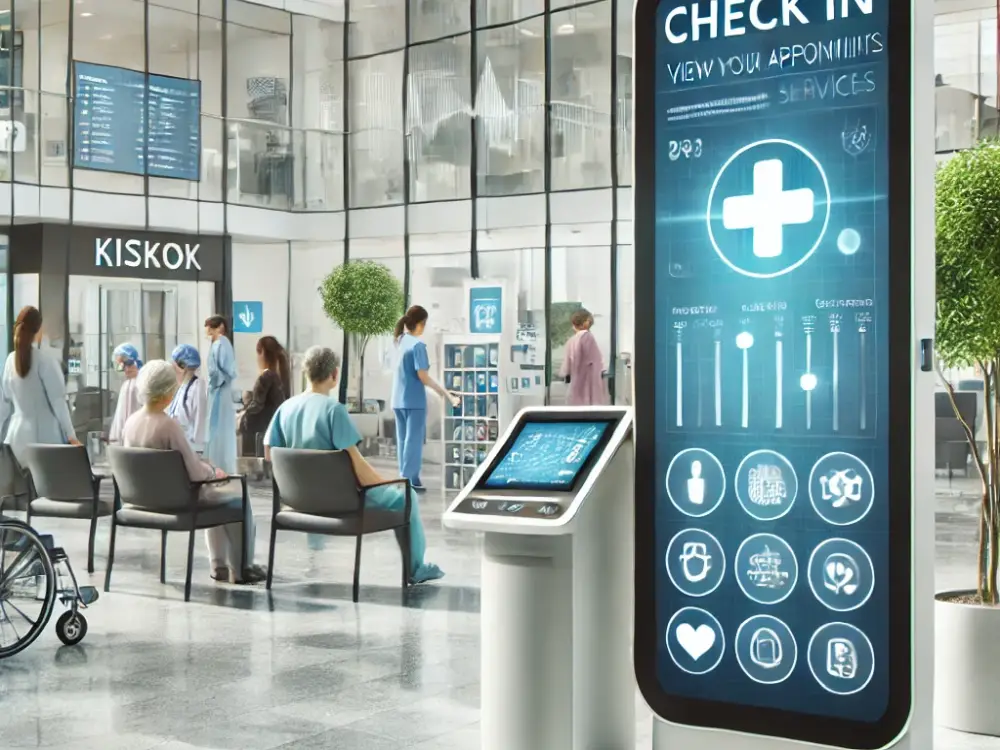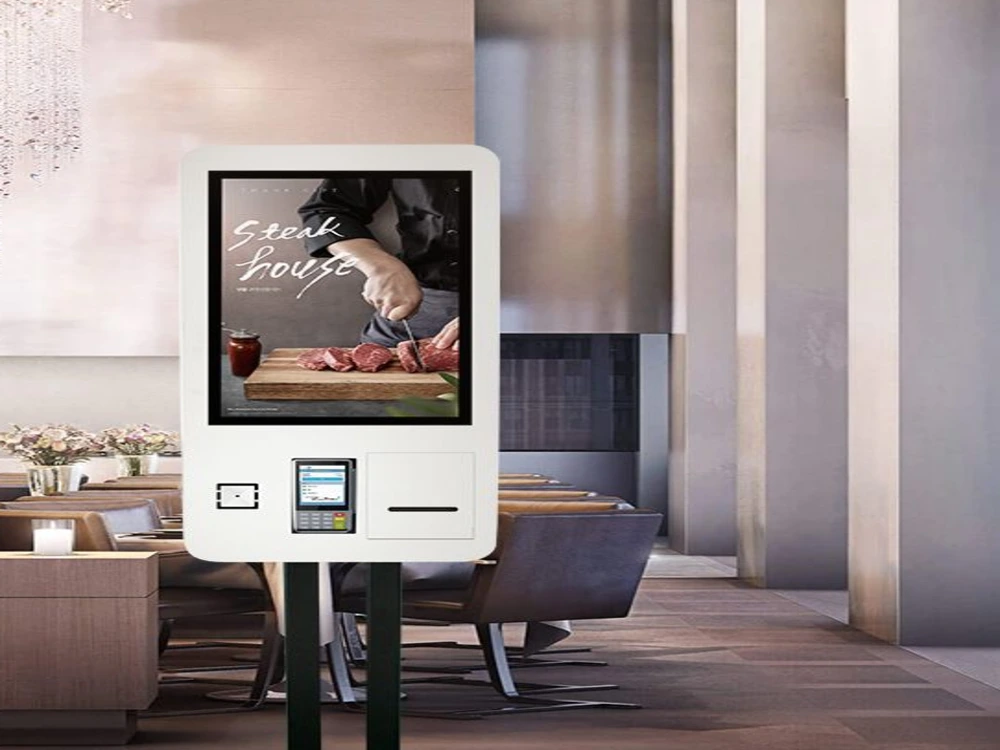In an era driven by digital transformation, businesses across industries are adopting
interactive kiosks to enhance customer experience, improve efficiency, and
reduce costs. The demand for self-service technology is growing rapidly, and an
interactive kiosk plays a crucial role in this shift. Whether in retail, healthcare, hospitality, or transportation, businesses that integrate
interactive kiosks benefit from streamlined operations and increased customer satisfaction. Here are
six key insights on why interactive kiosks are the future of self-service.
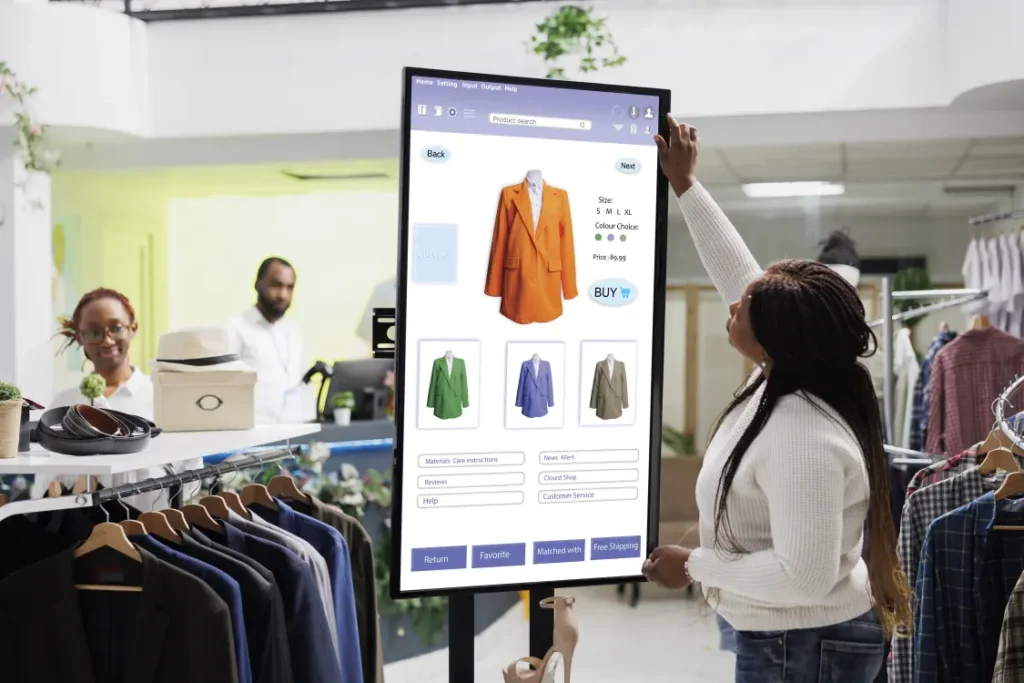 1. Faster Transactions and Reduced Waiting Times
1. Faster Transactions and Reduced Waiting Times
One of the biggest advantages of an
interactive kiosk is its ability to reduce waiting times. Traditional customer service models often involve long queues, delays, and human error. An
interactive kiosk allows customers to complete transactions quickly and efficiently, whether it’s ordering food, checking into a hotel, or making a payment. With touch-screen technology and intuitive interfaces, self-service kiosks ensure a seamless and hassle-free experience.
2. Enhanced Customer Experience
Modern consumers prioritize convenience, and an
interactive kiosk delivers just that. By offering self-service options, businesses empower customers to take control of their interactions. An
interactive kiosk provides instant access to information, product details, and services, eliminating the need for waiting or seeking assistance. This enhances overall customer satisfaction and builds brand loyalty.
For example, in the retail sector,
interactive kiosks allow customers to browse product catalogs, check availability, and compare prices. In healthcare, self-service kiosks facilitate patient check-ins, appointment scheduling, and prescription refills, improving operational efficiency for medical institutions.
3. Cost Savings and Operational Efficiency
Hiring and training staff for customer service can be costly. By integrating
interactive kiosks, businesses can reduce labor expenses while maintaining high service standards. A single
interactive kiosk can perform tasks equivalent to multiple employees, handling payments, registrations, inquiries, and ticketing efficiently. This not only optimizes business operations but also allows staff to focus on more complex and value-added customer interactions.
4. Contactless and Secure Payments
The shift toward cashless transactions has increased the demand for
interactive kiosks that support secure payment options. Customers can use credit/debit cards, mobile wallets, QR codes, and even facial recognition technology to complete their purchases. This reduces reliance on physical cash and minimizes human interaction, making transactions safer, especially in the post-pandemic era.
Additionally, self-service kiosks ensure data security and transaction accuracy, reducing the chances of fraud or human error. Businesses that implement
interactive kiosks can provide customers with a secure and efficient self-service payment solution.
 5. Personalization Through AI and Data Analytics
5. Personalization Through AI and Data Analytics
AI-powered
interactive kiosks are transforming
self-service experiences by offering personalized recommendations based on customer behavior and preferences. By collecting real-time data, an
interactive kiosk can suggest relevant products, promotions, or services tailored to individual users.
For instance, a smart
interactive kiosk in a shopping mall can recommend discounts on items based on a customer’s purchase history. In airports, self-service kiosks can provide personalized travel updates, seat upgrade options, and itinerary suggestions. This level of customization improves engagement and boosts sales conversions.
6. Scalability and Adaptability Across Industries
The versatility of
interactive kiosks makes them an ideal solution for various industries. From fast-food chains to hospitals, government offices, and entertainment venues, businesses can tailor kiosk functionalities to suit their specific needs.
- Retail: Self-checkout kiosks, digital catalogs, and loyalty program kiosks enhance the shopping experience.
- Hospitality: Self-check-in kiosks reduce front desk congestion at hotels, allowing guests to access their rooms faster.
- Healthcare: Patient check-in kiosks streamline administrative processes and reduce paperwork.
- Transportation: Ticketing kiosks simplify travel bookings and public transport payments.
By implementing
interactive kiosks, businesses can scale their services efficiently and adapt to evolving customer expectations.
The Future of Self-Service with Interactive Kiosks
As businesses embrace automation and digital self-service models,
interactive kiosks will continue to shape the future of customer engagement. With advancements in AI, touch-screen technology, and data analytics, the potential for
interactive kiosks will only grow. Companies that invest in
interactive kiosks today will gain a competitive advantage, offering customers faster, more convenient, and personalized experiences.
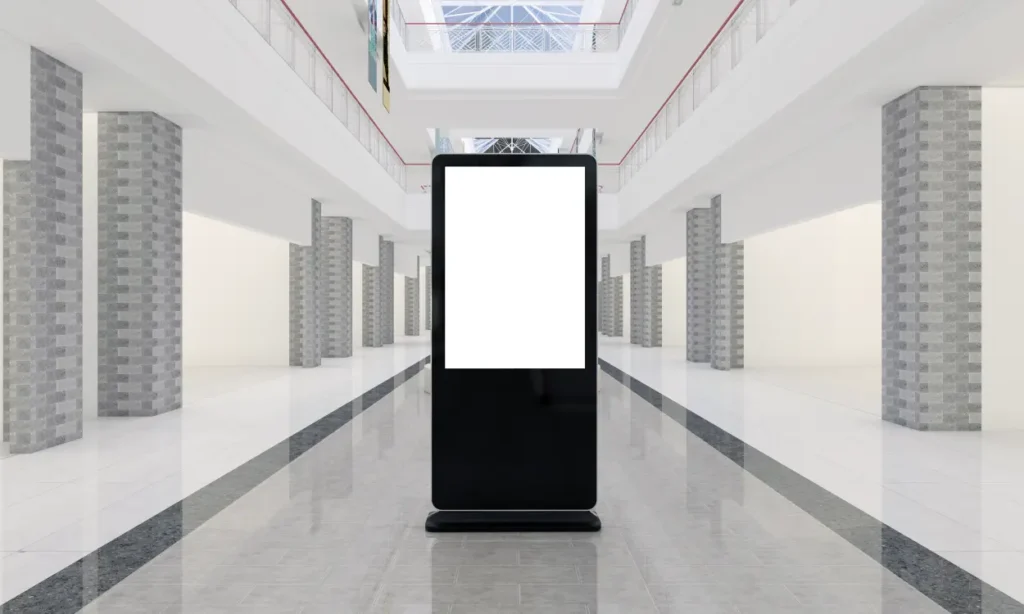 Conclusion
Conclusion
The rise of
interactive kiosks marks a significant shift in how businesses operate and serve customers. Whether improving efficiency, reducing costs, or enhancing personalization, an
interactive kiosk is a game-changer for industries worldwide. As
self-service technology evolves, businesses that integrate
interactive kiosks will stay ahead in delivering superior customer experiences.
If your business is ready to embrace the future, investing in an
interactive kiosk is the next step toward innovation and growth!
 1. Faster Transactions and Reduced Waiting Times
1. Faster Transactions and Reduced Waiting Times 5. Personalization Through AI and Data Analytics
5. Personalization Through AI and Data Analytics
 Conclusion
Conclusion